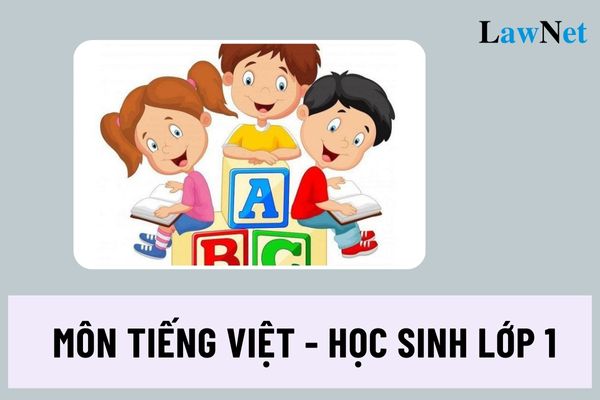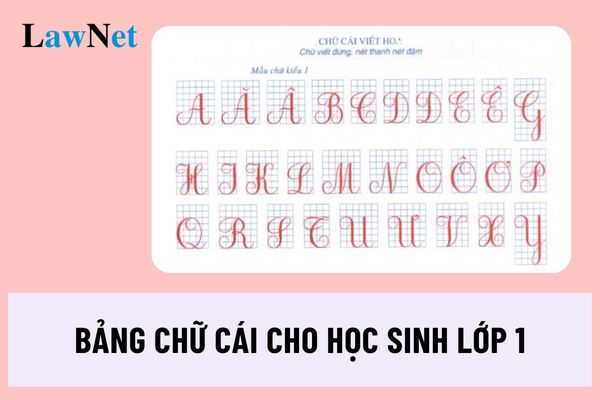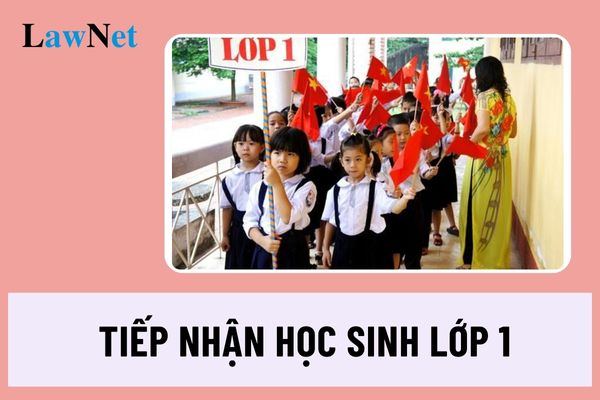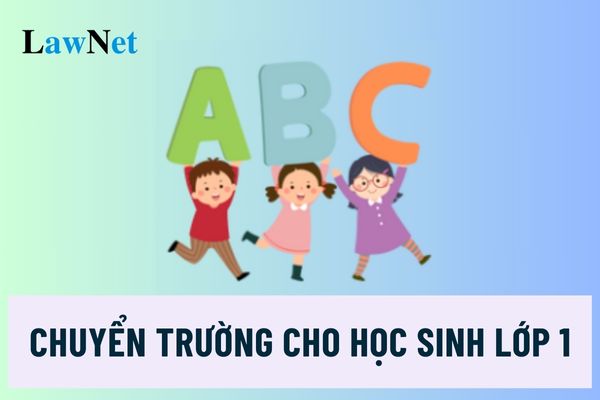What specific content is included in the Vietnamese language education program for first-grade students according to Circular 32?
What specific content is included in the Vietnamese language education program for first-grade students according to Circular 32?
Based on Subsection 2, Section V of the Vietnamese Language Education Program issued with Circular 32/2018/TT-BGDDT, the specific content of the Vietnamese language education program for first-grade students is regulated as follows:
| Required Achievement |
Content |
|
READING
READING TECHNIQUES
- Sit (or stand) upright; books and notebooks opened wide on the table (or in both hands). Maintain a distance of about 25cm between the eyes and the books, notebooks.
- Pronounce correctly sounds, syllables, words, sentences (may not be able to pronounce correctly a few difficult or uncommon syllables).
- Read correctly and clearly short paragraphs or texts. Reading speed about 40 - 60 words per minute. Know how to pause at commas, sentence-ending punctuation, or at the end of a line of poetry.
- Initially know how to read silently.
- Recognize book covers and book titles.
READING COMPREHENSION
Literary Texts
Understanding Content
- Ask and answer simple questions related to clearly expressed details.
- Answer simple questions about the basic content of texts based on suggestions and support.
Understanding Form
- Recognize characters' shapes and actions expressed through several words in the story based on the teacher's suggestions.
- Recognize characters' dialogues in the story based on the teacher's suggestions.
Relate, Compare, Connect
- Relate illustrations to details in the text.
- Identify the most favorite character and initially know how to explain why.
Extended Reading
- In one school year, read a minimum of 10 literary texts of types and lengths equivalent to the texts learned.
- Memorize 4 - 5 poetry passages or poems learned, each about 30 - 40 words.
Informational Texts
Understanding Content
- Ask and answer simple questions about prominent details in the text.
- Answer the question: “What is this text about?” with suggestions and support.
Understanding Form
- Recognize the sequence of events in the text.
- Understand the meaning of a few simple, familiar symbols with students.
Extended Reading
In one school year, read a minimum of 5 informational texts of types and lengths equivalent to the texts learned.
|
VIETNAMESE LANGUAGE KNOWLEDGE
1.1. Sounds, syllables, tones; letters and tone marks
1.2. Spelling rules for distinguishing: c and k, g and gh, ng and ngh
1.3. Capitalization rules: capitalizing the initial letter of sentences, capitalizing proper names
2. Vocabulary by theme: Words for objects, activities, and familiar characteristics
3. The use of period and question mark: marking the end of a sentence
4.1. Common address terms in communication at home and school
4.2. Some common communication manners at home and school: greetings, introductions, thanks, apologies, permissions
5. Information by images (non-verbal communication means)
LITERATURE KNOWLEDGE
1. Stories, poems
2. Characters in stories
TEXT RESOURCES
1.1. Literary texts
- Fairy tales, fables, short stories, comic strips, descriptive passages
- Poetry passages, poems (including children's songs) Length of text: stories and descriptive passages about 90 - 130 words, poetry about 50 - 70 words
1.2. Informational texts: introducing objects, events familiar to students
Length of text: about 90 words
2. Suggested text selection: see the list of suggestions
3. Words with positive meanings, suitable for Grade 1 students
|
|
WRITING
WRITING TECHNIQUES
- Know how to sit correctly while writing: sit up straight; feet placed perpendicular to the ground; one hand placed on the corner of the notebook, one hand holding the pen; not leaning the chest against the edge of the table; distance between eyes and notebook about 25cm; hold the pen with three fingers (thumb, index finger, middle finger).
- Write correctly in lowercase, numbers (from 0 to 9); know how to write capital letters.
- Place tone marks correctly. Write correctly the spelling rules for syllables beginning with c, k, g, gh, ng, ngh.
- Write correctly dictated passages, paragraphs of about 30 - 35 words in the forms of look-copy (practice copying), listen-write. Writing speed about 30 - 35 words in 15 minutes.
WRITING SENTENCES, SHORT PARAGRAPHS
Writing Process
Initially answer questions such as: Write about whom? Write about what, which events?
Practicing Writing
- Fill in the blank information, write answers, write sentences under pictures that match the content of the story read or heard.
- Fill in the blank information, write sentences about the appearance or actions of characters under pictures in the learned story based on suggestions.
- Fill in the blank information, write answers or rewrite spoken sentences to introduce oneself based on suggestions.
|
|
|
SPEAKING AND LISTENING
Speaking
- Speak clearly, in full sentences. Know how to look at the listener when speaking.
- Able to ask simple questions and correctly answer the content of the questions.
- Speak and respond to greetings, permissions, thanks, apologies, appropriate to the listener.
- Know how to introduce briefly about oneself, family, favorite objects based on suggestions.
- Can recount a segment or the whole simple story read, watched, or heard (based on illustrated pictures and suggestions under the pictures).
Listening
- Have the habit and attitude of attentively listening to others talk (looking at the speaker, adopting a suitable listening posture). Ask a few questions to inquire about unclear points.
- Understand class announcements, instructions, requests, and rules.
- Listen to a story and answer questions: Who? What? When? Where?
Speaking and Listening Interactions
- Know how to raise hand to speak, wait for the turn to speak.
- Know how to interact in groups to share simple thoughts and information
|
|
>> View the Vietnamese Language Education Program issued with Circular 32/2018/TT-BGDDT: Download

What specific content is included in the Vietnamese language education program for first-grade students according to Circular 32? (Image from the Internet)
What are types of primary schools in Vietnam?
Based on Clause 1, Article 4 of the Regulations issued with Circular 28/2020/TT-BGDDT, primary schools are organized in two types: public and private.
- Public primary schools are invested and ensured operational conditions by the State and represent property ownership.
- Private primary schools are invested and ensured operational conditions by domestic investors or foreign investors.
Additionally, other educational institutions implementing primary general education programs include: community learning centers; classes for children in difficult circumstances who cannot attend school, classes for disabled children.
What are types of primary school classes in Vietnam?
Based on Clause 2, Article 4 of the Regulations issued with Circular 28/2020/TT-BGDDT, primary school classes in multi-level general schools and special schools include 4 types:
- Primary classes in multi-level general schools.
- Primary classes in semi-boarding ethnic minority general schools.
- Primary classes in educational facilities for disabled children.
- Primary classes in reformatory schools.







